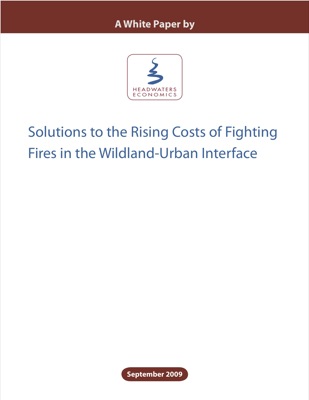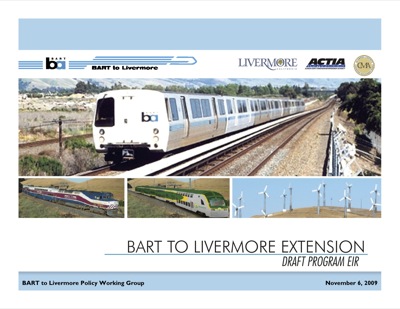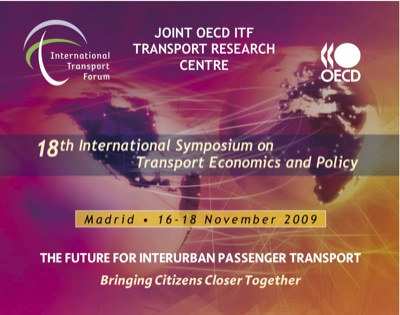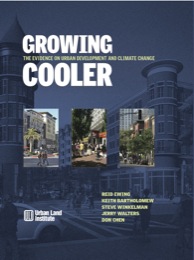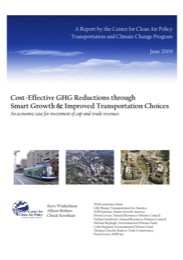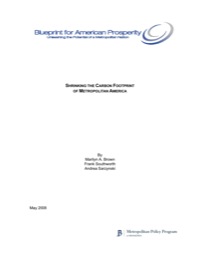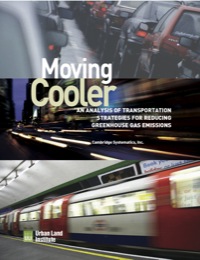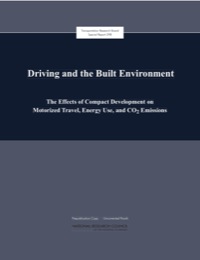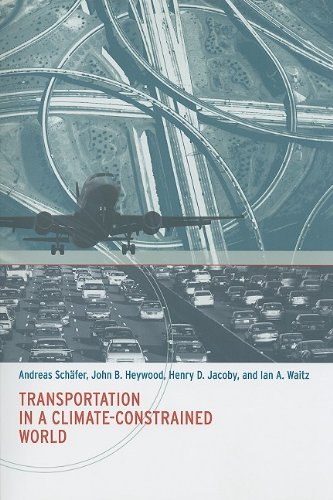Two decades ago, the Antiplanner predicted that the big battle for world supremacy in the twenty-first century would be between authoritarian capitalism — as then represented by Singapore but being emulated on an experimental basis by China — and democratic capitalism. Someone said to me, “No, it is going to be between radical Islams and the West.” But I never worried about radical Islamic countries because they had no ability to create wealth. “A society that cannot accept interest rates cannot grow and compete,” I answered.
The attacks on September 11, 2001, seemed to cast my hypothesis into doubt. But the real loss of 9/11 was not the World Trade Center, but our own good sense. Instead of saying, “This was the act of a few radical nuts,” we decided to start two costly wars against two countries, at least one of which had nothing to do with 9/11. If the terrorists’ agenda was to get us to waste resources and weaken our economy on an overreaction against them, they succeeded brilliantly.
I was reminded of this when Robert Reich made a similar statement about authoritarian vs. democratic capitalism on Sunday’s This Week with David Stephanopoulos — and George Will more-or-less agreed. This came out of President Obama’s recent trip to China, which has focused attention on the real competition we face. China is not necessarily our enemy, but those who want to preserve what they regard as the benefits of democracy — such as free speech, individual rights, and protection for minorities — need to understand that we are likely to lose all of those benefits if we cannot compete against China.
Continue reading →

